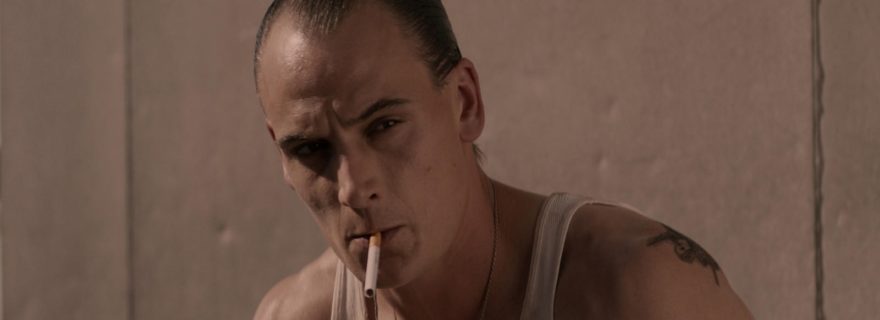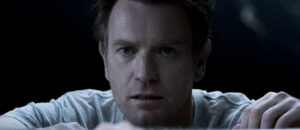'Badsville'
Movie Rating:
3
The good news about director April Mullen’s ‘Badsville’ is that the movie isn’t nearly as tossed-off and generic as the title suggests. It feels inspired by the poetic deadbeat grit of S.E. Hinton novels and the hyper-stylized aesthetic of Francis Coppola’s cinematic adaptations of them. Mullen doesn’t quite nail the impact or flourishes of those influences, but she also doesn’t embarrass herself while shooting that high.
As you may have gathered from the comparisons, this is one of those 1950s greaser/gangster pictures, just without a specific dated setting to keep the budget reasonable. It’s more evocative of the era and set within some sort of odd fantasy world where the ’50s never left a certain dusty town. The protagonists, Wink and Benny, are played by the screenwriters Ian McLaren and Benjamin Barrett. Both are leaders in the local gang of thugs known as the Kings. They like to hang out, drink, smoke cigarettes, and indulge in the occasional brawl. You know the type. Wink is the brooding and reflective loner, a guy who wants out of the gang and the town and his whole life. Through flashback, we’ll learn that the cracks in his tough guy façade formed after watching his mother die. But it’s clear from the moment we meet him that he’s the requisite poetic and pained gang member tired of this existence.
As for Benny, it’s obvious to everyone around him that he’s gay. Not to Benny, though, and he can’t deal with the love he feels for a certain buddy. Uh oh! I wonder if that tension is going to explode into some violence. Meanwhile, the Kings are also feuding with another local gang called the Aces and that tension is set to boil over. Plus, Wink meets a new girl named Suzy (Tamara Duarte) who offers the glimmer of escape and he has started mentoring a little boy too. He’s softening and might be ready to give up the gang life. However, if ‘Godfather III’ taught us anything (other than why Sofia Coppola is better suited to directing than acting), it’s that just when you think you’re out of this sort of life, you get dragged back in.
The plot is a collection of old genre tropes strung together. The movie doesn’t really hide that fact. It attempts to elevate old crime movie clichés to the realm of myth and almost pulls that off. While her background in low-budget comedies gave little indication that she was capable of such things, director April Mullen proves to have a wonderful eye for imagery and grisly violence. The film feels like it takes place in a heightened realm with characters shot and performed to feel like icons. The violence is the only thing that tears us out of the fantasy; it’s played brutal, harsh and nasty (especially when doled out by Robert Knepper in a frequently terrifying performance). At their best, Mullen and her cast walk a tricky tightrope between the gorgeously heightened and the tackily melodramatic. More often than not, they come out on top. Sadly, not always.
The trouble with ‘Badsville’ is that it aims so high, it almost inevitably misses the mark at times. While the two leads are strong, acting wavers dramatically in quality among the supporting cast, which harms the overall impact. It also doesn’t help that the script is so rooted in stories of the past that it often feels very repetitive and obvious. (The finale is almost a shot-for-shot copy of a certain 1990s urban gang movie.) Ultimately, the ‘Badsville’ team don’t really add anything to a genre they love. They just copy and paste tropes and characters into a new pastiche. Whether or not it works for you will depend entirely on your tolerance for melodrama and retreading old ground. Some will be annoyed, others enthralled.



